What is creativity? How does the creative process work? And why do the most creative minds seem to be the most troubled? Gregory Feist digs deep into the Darwinian forces at play and argues that it is our relationship with death, particularly our desire to avoid it, which drives our creative urges.
The world in itself—what Kant called the “Ding an sich”—is not directly experienced or known and never will be. Our sensory systems take in sound and light waves of certain frequencies or chemicals or tactile pressures and send corresponding neural signals to our brain. It is the brain’s job to make sense of these signals. Indeed, the human brain (and all brains) evolved for two basic functions: to keep the animal alive (regulate organ function) and to sense and make sense of its experiences (“what is that?” and “can I eat that or will it eat me?”). Neuroscientist Antonio Damasio dubbed these the “house-keeping” and “meaning making” functions of the brain. Humans, however, possess a uniquely large and complex cortex and frontal lobe and these afford the meaning making function to play a much larger role compared to most other animals.
Because of our large and complex cerebral cortex and vast network of neural connections, as well as an unusually large and integrative set of frontal lobes, we can put space between thought and action (impulse control), reason about abstract ideas, remember the past and think about the future, be conscious of our own consciousness, think creatively, and importantly know that we are going to die one day. I will return to the concept of death at the end of this article, but first I want to delve into the connection between our intuitive and automatic meaning making brains and the creative process.
___
The arts and sciences may have different objects of attention and focus, but the creative process in the two is very much the same.
___
In very broad strokes, the arts often originate from a desire to give meaning to and to express our internal life (our reactions and experiences), whereas the sciences, especially the physical and biological sciences, originate from a curiosity about and desire to understand our outer worlds—the physical and natural worlds. The social sciences, in turn, involve the drive to understand the human world.
The arts and sciences may have different objects of attention and focus, but the creative process in the two is very much the same. The creative process involves both rational and non-rational processes in that it has two distinct and dynamically interacting phases: the idea generation and the idea evaluation phases. I call these the “creator” and the “critic” phases, while acknowledging immediately they are not linear but rather in a constant back and forth with each other. The creator is intuitive, hunch-based, automatic, and loose. The critic is rational, conscious, evaluative, and tight. Whereas the creator goes broad and wide (divergent thinking) and is about brain-storming and generating ideas (even “bad” ones), the critic narrows and limits (convergent thinking), by evaluating, selecting, editing, deleting, and improving those ideas.
One hallmark of creative people, to be sure, is a natural confidence and willingness to have a wide range of ideas, even bad ones, because they intuit that there is a “Darwinian” process at work, whereby only the best ideas will survive the evaluative critic. They are not bothered by bad ideas, but see this as a necessary part of the process. Psychologist Dean Simonton refers to this as a “blind variation and selective-retention” process.












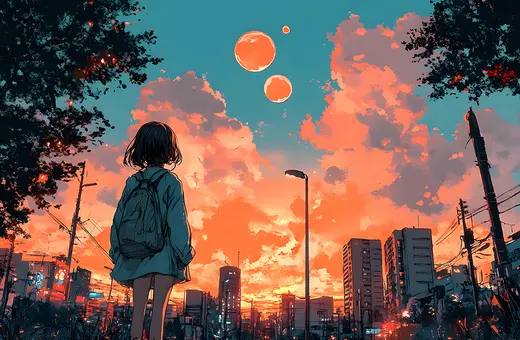
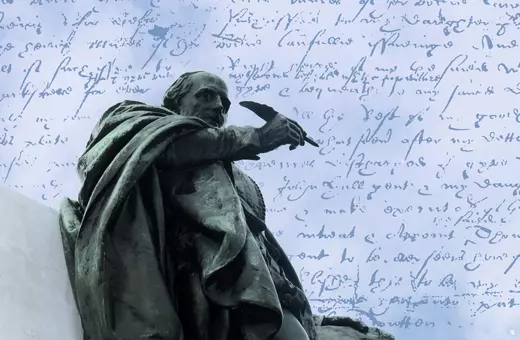
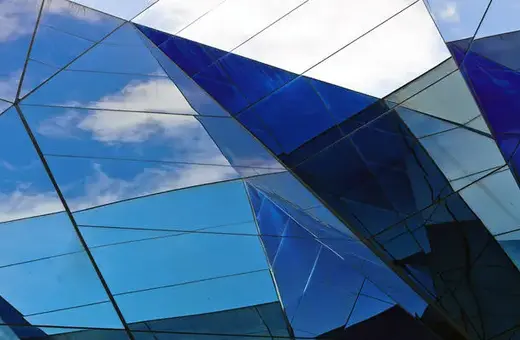

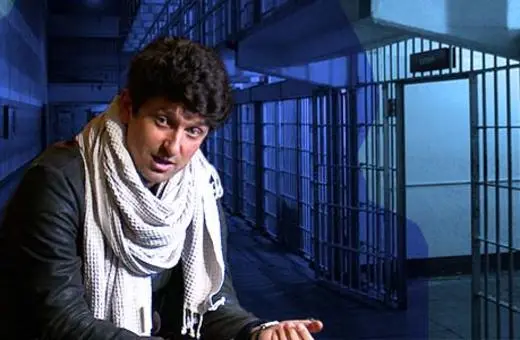
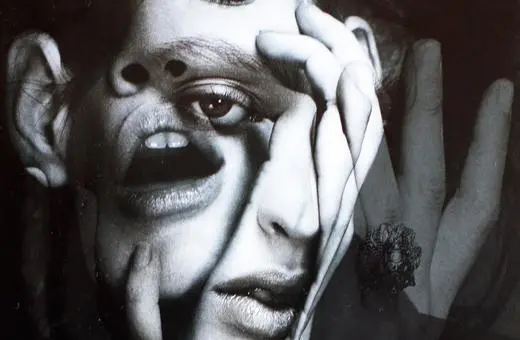



Join the conversation